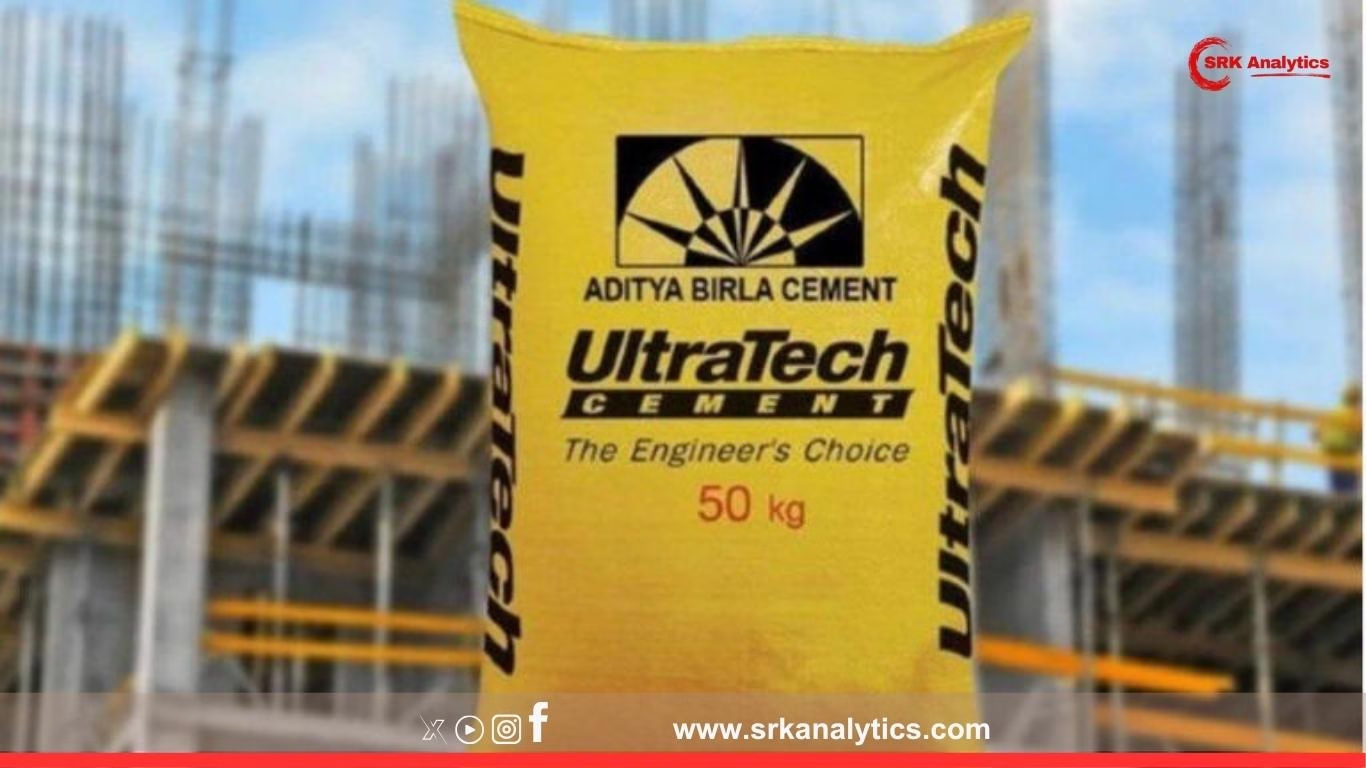Reliance Defence, part of the Anil Ambani-led Reliance Group, is poised to invest over Rs 10,000 crore to establish an integrated aerospace manufacturing ecosystem, aiming to roll out India’s first domestically built commercial passenger jet by 2028. The ambitious flight plan signals a strategic pivot for Reliance Defence from its existing naval and land systems focus into advanced aviation, positioning it as a potential competitor to global aerospace giants and state-backed HAL in select segments.
Strategic Overview of Reliance Defence’s Aerospace Initiative
In an internal presentation shared with stakeholders, Reliance Defence outlined a multi-phase blueprint to enter the high-value aerospace manufacturing and assembly space, aligned with India’s “Make in India” and defence self-reliance goals.
Key highlights of the plan include:
- Setting up a Greenfield Aerospace Park: Proposed on a 400-acre site near Nagpur, integrating design, manufacturing, testing, and MRO (Maintenance, Repair, Overhaul) facilities.
- Manufacturing Commercial Jets: Targeting a 70-90 seater regional passenger aircraft to cater to India’s growing UDAN regional connectivity market by 2028.
- Defence Aerospace Focus: Indigenous production of select fighter jet components and UAVs in collaboration with global OEMs.
- Employment Generation: Expected to create over 12,000 direct and indirect jobs in Maharashtra, along with high-skill training programmes in aerospace design and manufacturing.
Why Is Reliance Entering Commercial Aviation Manufacturing?
India’s commercial aviation sector is projected to become the third largest globally by 2030, with regional connectivity driving demand for small-to-medium passenger jets. Currently, domestic airlines rely entirely on imported aircraft from Airbus, Boeing, and Embraer.
Mukesh Ambani’s sibling Anil Ambani, seeking to re-establish Reliance Group’s infrastructure footprint, views aerospace manufacturing as:
- A strategic diversification from debt-ridden telecom and infra ventures.
- A potential national prestige project, positioning Reliance alongside HAL and Tata Aerospace in indigenisation.
India’s Aircraft Manufacturing Ecosystem: Current Status
| Company | Primary Aerospace Focus | Current Projects |
|---|---|---|
| HAL | Defence aircraft & helicopters | Tejas LCA, HTT-40 trainer, LUH helicopter |
| Tata Aerospace & Defence | Aerostructures for global OEMs | Fuselage, empennage, doors for Boeing & Airbus |
| Mahindra Aerospace | Small general aviation aircraft | GA8 Airvan (Australia), components manufacturing |
| Reliance Defence (proposed) | Commercial passenger jets, defence components | Regional jet (70-90 seater) by 2028 |
Key Challenges for Reliance’s Aerospace Ambitions
- Technology Acquisition: Commercial jet manufacturing requires access to global engine and avionics suppliers, along with certification under DGCA, EASA, and FAA standards.
- Capital-Intensive Nature: Aircraft development costs range from USD 1-2 billion; Reliance’s Rs 10,000 crore (~USD 1.2 billion) allocation will need disciplined execution and potential strategic partnerships.
- Competition with Global OEMs: Airbus and Boeing dominate India’s market, while Embraer has a strong regional jet portfolio. Gaining airline trust for a new Indian-made platform will require robust after-sales support and financing arrangements.
- Past Financial Struggles: Reliance Group’s legacy debt challenges and legal disputes may affect investor confidence in high-risk, long-gestation aerospace projects.
Potential Strategic Partners and Collaborations
Industry sources indicate Reliance Defence is in early-stage discussions with:
- Global engine manufacturers (GE, Pratt & Whitney, Rolls-Royce) for propulsion systems.
- Aerostructure technology suppliers in Europe and Israel for design and composite manufacturing support.
- Indian software and avionics firms to integrate indigenous technologies under Make in India.
Defence Aerospace Plans
Beyond commercial aviation, Reliance Defence aims to expand its current defence portfolio by:
- Manufacturing structural components for fighter aircraft under transfer of technology (ToT) arrangements.
- Producing armed UAVs and loitering munitions, in line with Indian armed forces’ modernisation drives.
- Partnering with DRDO for advanced aerospace materials and stealth technologies.
Market Opportunity for Regional Jets in India
| Market Segment | Estimated Aircraft Demand (by 2035) | Drivers |
|---|---|---|
| 70-90 seater regional jets | 200+ | UDAN connectivity, low-cost feeder routes |
| 100-150 seater narrow-body aircraft | 500+ | Replacement of ageing fleets, airline expansion |
| Twin-aisle widebody | 250+ | Long-haul international route growth |
Government’s Role in Supporting the Project
To enable indigenous aerospace manufacturing, the government is expected to:
- Provide land acquisition clearances and SEZ incentives for the proposed Nagpur aerospace park.
- Extend viability gap funding or buyer financing support for domestic airlines purchasing Indian-made jets.
- Streamline certification procedures under DGCA aligned with EASA/FAA frameworks to reduce time-to-market.
Employment and Skill Development Impact
Reliance Defence plans to integrate:
- Skill development centres in partnership with IITs and NITs to train aeronautical engineers, avionics technicians, and assembly specialists.
- Women employment initiatives, targeting at least 25% female workforce participation in the aerospace park.
Industry Expert Views
Defence and aerospace analyst Ajay Lele notes:
“If executed with strategic global partnerships, Reliance Defence’s regional jet ambition could transform India from an aerospace components supplier to an OEM nation. However, past financial missteps remain a credibility challenge.”
Future Outlook
Reliance Defence’s ambitious aerospace flight plan reflects India’s broader strategic aspiration to become:
- A global aerospace manufacturing hub by 2030, complementing its IT and pharmaceuticals export leadership.
- Self-reliant in commercial aviation assets, reducing forex outflows on aircraft imports.
- A competitive exporter of regional jets to African and ASEAN markets, if certification and operational performance are proven.
The proposed 2028 timeline for commercial jet rollout will test Reliance’s project execution discipline, technology acquisition strategies, and financial sustainability in the intensely competitive aviation sector.
Conclusion
Anil Ambani’s Reliance Defence Rs 10,000 crore aerospace investment plan marks a bold re-entry into India’s high-technology manufacturing sector, aiming to position the group as a national aerospace champion. While challenges of financing, certification, and global competition remain formidable, successful execution could redefine India’s place in the global commercial aviation value chain, offering strategic, economic, and employment dividends in the years ahead.
Disclaimer: This news analysis is based on publicly available corporate presentations, industry expert commentary, and market data. It does not constitute investment advice or reflect any official government policy decisions and is intended solely for informational and journalistic purposes.











